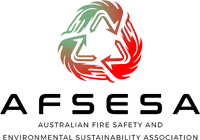Smoke Alarm Inspections and Compliance
Smoke alarms are crucial for early fire detection and can save lives. They are designed to detect smoke and emit a loud, distinct sound to alert occupants of a building to the presence of a fire. In Australia, the installation of smoke alarms is regulated by the government, and there are specific requirements that need to be met for compliance. As of 1 January 2017, the legislation mandates that all new smoke alarms installed must be photoelectric and comply with Australian Standard (AS) 3786-2014. Additionally, existing smoke alarms manufactured more than ten years ago need to be replaced. These regulations aim to enhance fire safety in residential and commercial properties.
Fire safety is a big deal, especially here in Australia. We all want to keep our homes, rental properties, and businesses safe from the risk of fire. That's where smoke alarms come in—they're like our early warning system, alerting us if there's smoke, so we can get out fast.
But did you know there are rules about how often we need to check our smoke alarms? Yep, it's not just a good idea—it's the law. In this guide, we're going to break down everything you need to know about keeping your smoke alarms in top shape and following the rules.
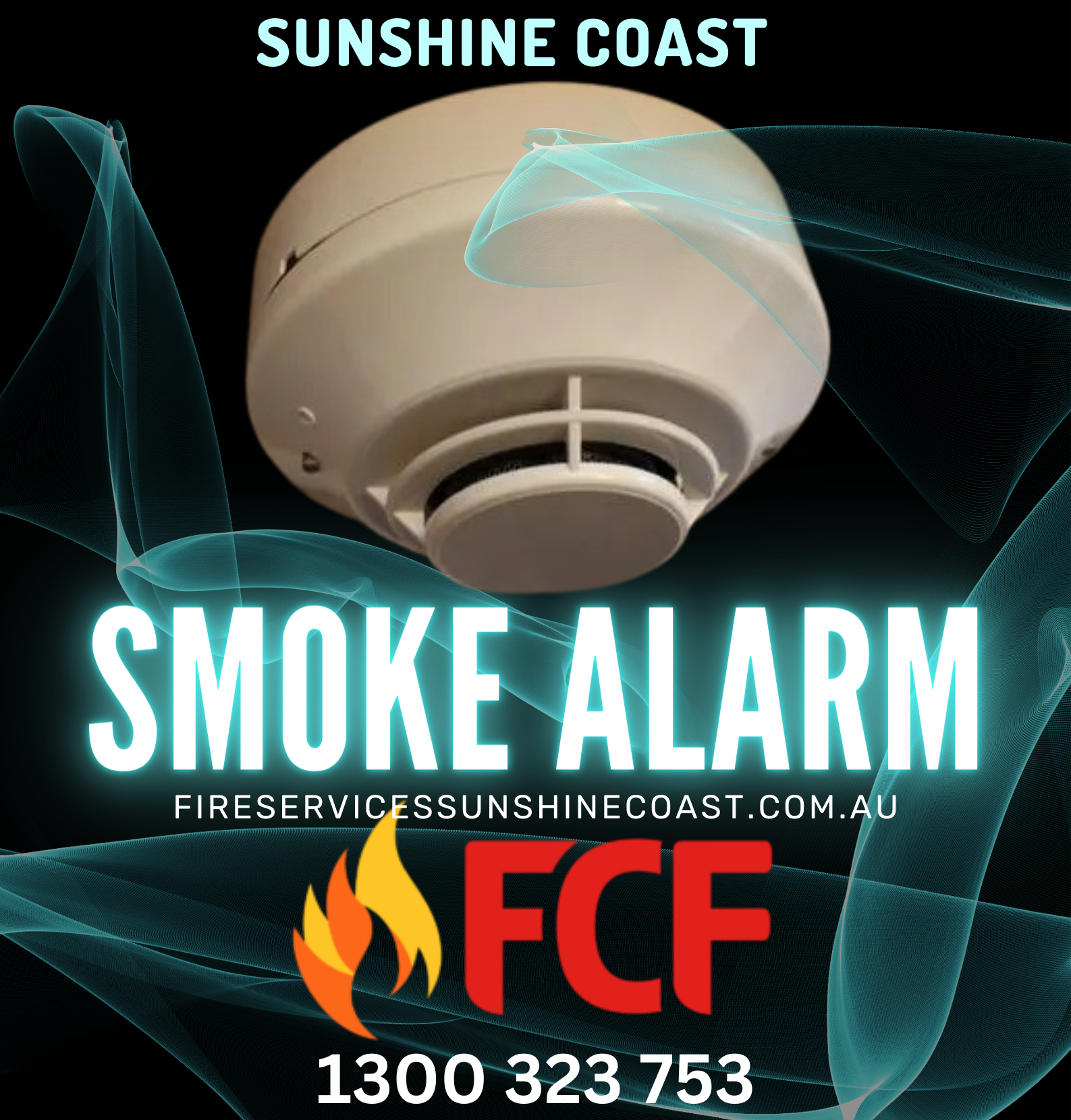
So, whether you're a homeowner, renter, or business owner, stick with us as we explore the ins and outs of smoke alarm inspections and why they matter. It's all about making sure you and your loved ones stay safe, because when it comes to fire safety, every little bit counts.
Why Smoke alarm Need to be Tested?
Smoke alarms need to be tested to ensure that they are functioning properly and can effectively detect smoke in the event of a fire. Regular testing helps identify any faults or malfunctions in the alarm system, allowing for timely maintenance and repairs. This proactive approach ensures that the smoke alarms remain operational and reliable, providing early warning and protection in the event of a fire.
The standard procedure for smoke alarm testing typically involves the following steps, which are aligned with Australian regulations and guidelines:
- Check the Manufacturer's Instructions: Before testing your smoke alarms, it's essential to review the manufacturer's instructions for specific guidance on testing procedures and recommendations.
- Notify Occupants: Inform anyone in the building, such as family members, tenants, or employees, that a smoke alarm test will be conducted to avoid unnecessary alarm.
- Press the Test Button: Most smoke alarms come with a test button. Press and hold this button for a few seconds to simulate the presence of smoke and trigger the alarm sound.
- Listen for the Alarm: During the test, listen carefully for the alarm to sound. The alarm should produce a loud, distinctive noise to indicate proper functioning.
- Check Multiple Alarms: If your property has multiple smoke alarms installed, repeat the testing process for each unit individually to ensure all are working correctly.
- Verify Audibility: Walk around the premises to ensure that the alarm sound is audible from various locations, including bedrooms, living areas, and hallways. If any areas seem inadequately covered, consider installing additional smoke alarms.
- Document the Test: Keep a record of the date when the smoke alarms were tested and the results of the test. This documentation serves as proof of compliance with testing requirements and can be useful for future reference.
- Replace Batteries (if applicable): If the smoke alarms are battery-operated, periodically check and replace the batteries according to the manufacturer's recommendations or when low-battery alerts are indicated.
- Consider Professional Inspection: While regular testing by occupants is essential, consider scheduling periodic professional inspections by qualified technicians to ensure thorough evaluation and maintenance of smoke alarm systems.
Two Types of Smoke Alarm
- Ionization Smoke Alarms: Ionization smoke alarms are designed to detect fast, flaming fires that produce small smoke particles. They contain a small amount of radioactive material that ionizes the air within the smoke alarm chamber. When smoke enters the chamber, it disrupts the ionization process, triggering the alarm.
- Photoelectric Smoke Alarms: Photoelectric smoke alarms are designed to detect slow, smoldering fires that produce larger smoke particles. These alarms use a light-sensitive sensor that detects changes in light patterns caused by smoke entering the chamber. When smoke is detected, the sensor triggers the alarm.
Both types of smoke alarms have their advantages and are suitable for use in different areas of the home or workplace. It's important to ensure that smoke alarms installed comply with Australian standards and regulations for optimal fire safety.
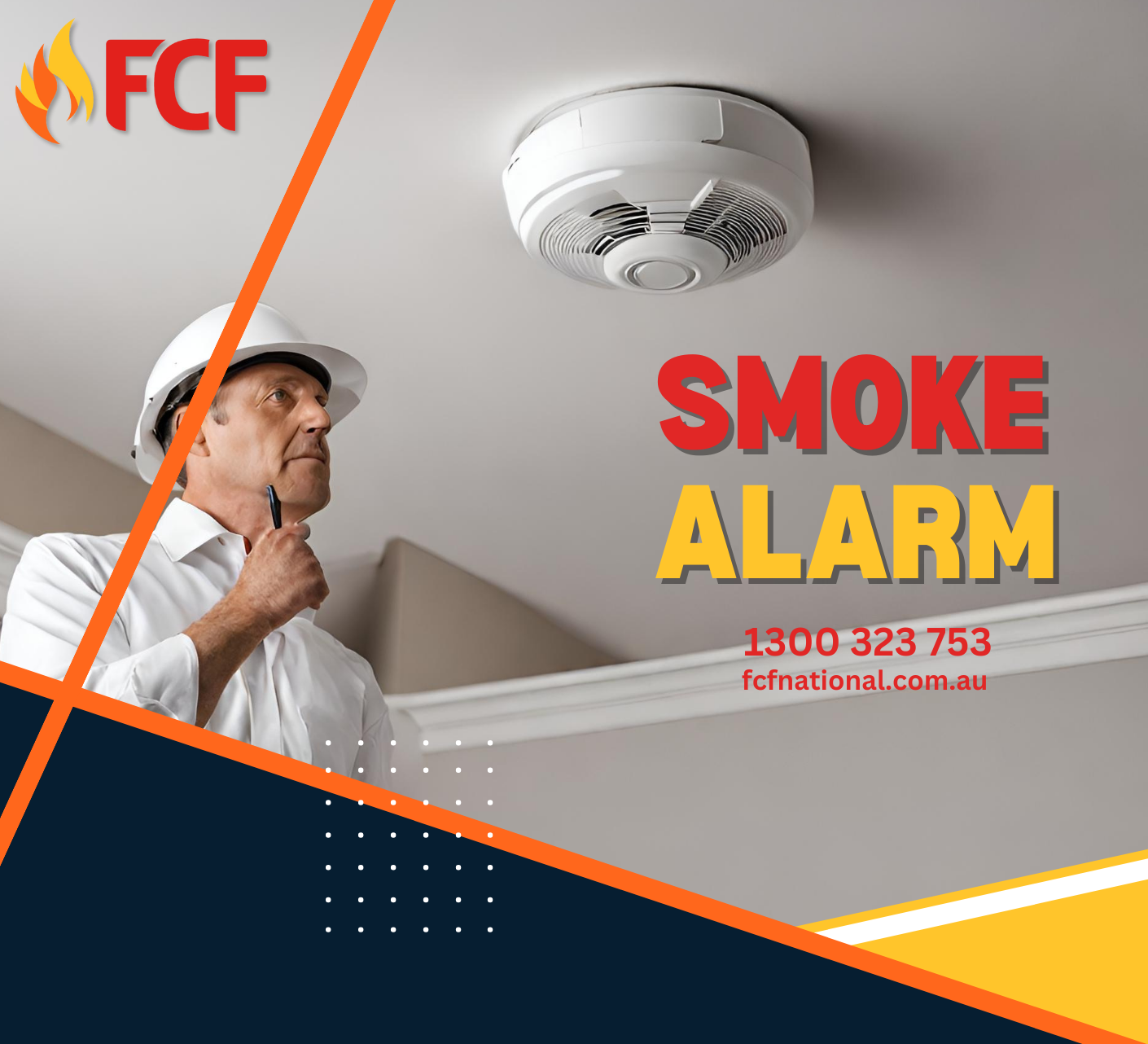
By adhering to Australian standards and regulations, and conducting regular smoke alarm tests, we not only fulfill our legal obligations but also contribute to the protection of lives and property within our communities.
Remember, fire incidents can happen when least expected, and having functioning smoke alarms can make all the difference in ensuring a timely response and safe evacuation. So, whether you're a homeowner, a renter, or a business owner, let's commit to prioritizing fire safety and staying vigilant in our efforts to prevent and mitigate fire-related risks.

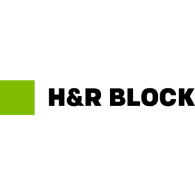)
)
)
)
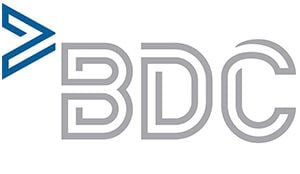)
)
)
)
)
)
)
)
)
)
)
)
)
)
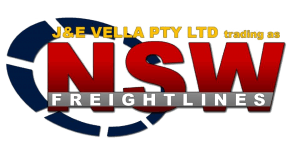)
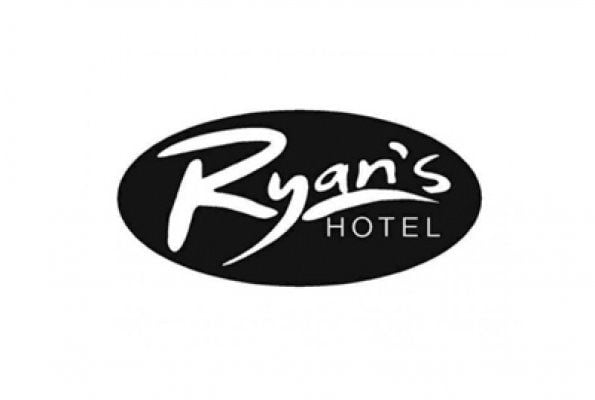)
)
)
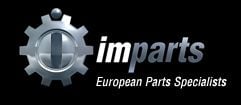)
)
)
)
)
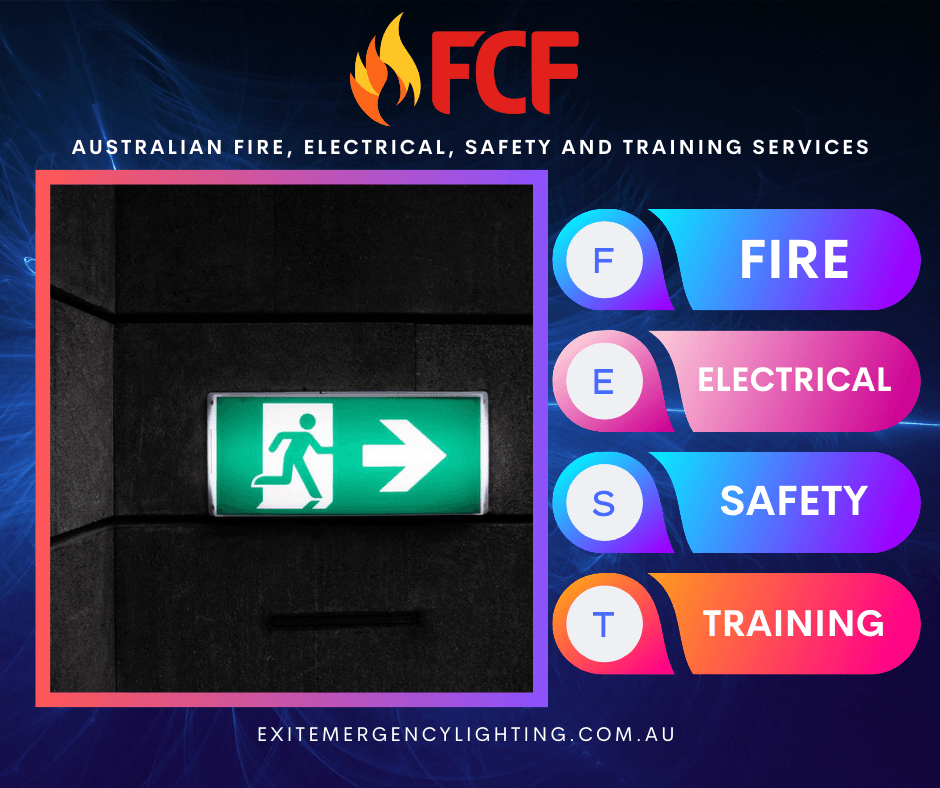)






